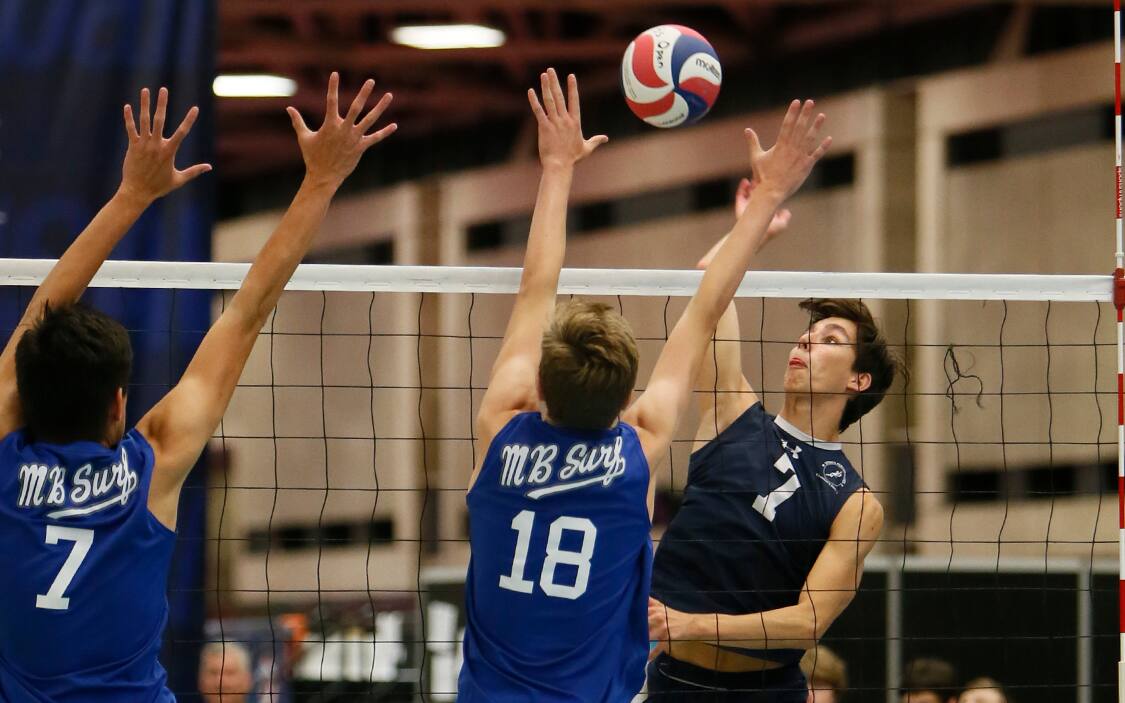
This article is a follow-up to last month’s ‘Power Shots: Photography Tips to Make Your Club Shine’. That one covered the basics behind a good volleyball photo and the different methods of obtaining photography. Now, here’s how to get the best photographs during a match.
How to shoot a volleyball match
Now that you’ve got a camera, it’s time to take some photos! Volleyball is a difficult sport to shoot with high speeds and the number of players in a condensed court, but your knowledge of the game can be an asset. Being able to anticipate what will happen is key to capture peak action, and familiarity with a team also helps improve action shots.
Your position in relation to the court dictates what type of photos you can get. Here’s a list of potential shooting sites and what photos you can expect from them:
Along the sideline on your side of the net
- Backrow play (digging, passing, potential attacking)
- Setting IF setter is facing you
- Attacking on far side of court
- Reaction/celebration shots
Along sideline on opponent’s side of net
- Attacking if opponent’s block isn’t blocking your view
- Blocking
- Potential for bench/coach shots
Along end line on opponent’s side of net
- Attacking
- Blocking
- Potential for great dig/pancake shots
Note: at this location, you are easily blocked by opposing players, but you can still take great shots if you get a clear line of sight to the action
Sitting opposite your bench
- Same as along the sideline on your side of the net
- Bench/coach shots
If you sit courtside or on the playing surface itself, check with the match referees or tournament officials to make sure they’re comfortable with your positioning. Be sure to give enough space between you and the sidelines or end lines. Stay fully aware of the action and be ready to move if a player heads for you while attempting to play the ball.
Also, turn off the flash! Flash photography is prohibited at most venues and can distract the athletes. Plus, it’s not very effective for subjects that far away from you.
No matter your location, decide whether you want to follow a certain player or attempt to track the ball. Focusing on one player can be easier as you don’t have to guess what will happen as often, and you can quickly build a stock of photos on every player that takes the court. Following the ball can lead to more instances of peak action, but you will miss more photos due to poor focus, and it can be difficult to follow frenetic gameplay. A mix of both is ideal, but do whatever you’re most comfortable with.
ImprovePhotography.com has 10 more tips for great action photography.
Hopefully this quick guide helps improve your club’s photographic identity. For more tips about photography, be they shooting a match or how to attract photographers, contact USAV Coordinator of Digital Media and Content Kyle Scholzen at [email protected].
